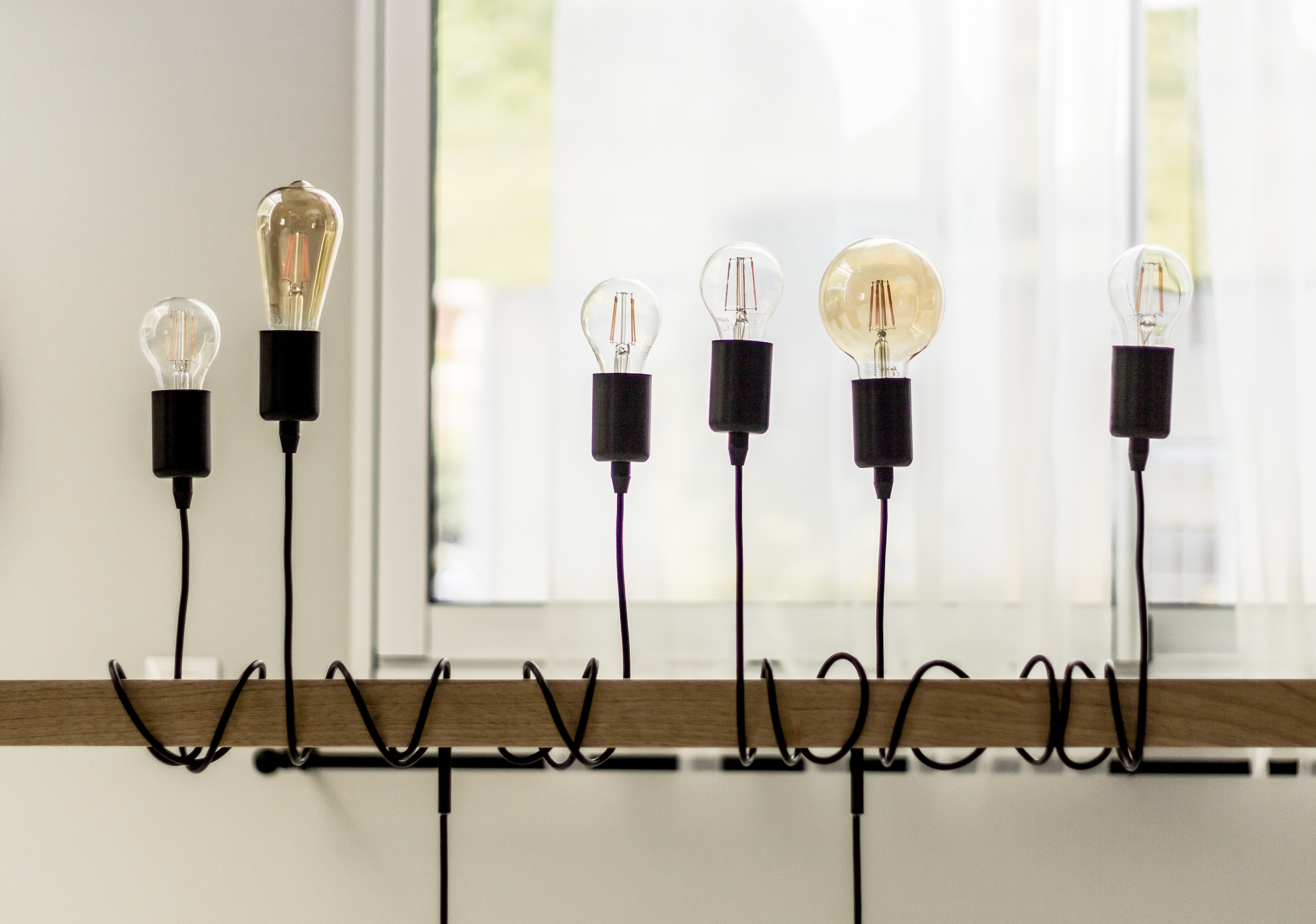
Australians are doing it for themselves when it comes to a renewable energy transformation. Electricity and gas prices are continuing to rise, combining with policy uncertainty to contribute to a lack of confidence in the energy market. In response, consumers are pulling their heads out of the ground and turning them up towards the sun. Communicating solar well can mean that those heads turns towards your organisation for help.
The cost of solar technology continues to plummet – down 74% from 2015 to 2016 – promptly driving the renewable energy market forward full speed ahead. Right now, over 1.8 million Australian households have solar panel systems installed on their rooftops. Last year saw the biggest annual take-up in Australia on record.
The revolution is happening and it’s here to stay. By telling the right story to the Australian consumer, you can benefit.
If you are communicating solar, here are three key ideas to consider:
Demonstrate value
A recurring theme in the energy narrative is price. Over the last ten years, power prices have risen by a whopping 63%, leaving many Australian households struggling to pay their power bills. The growing pains of a chaotic energy market are leaving consumers frustrated, anxious and exhausted.
In this context, solar can offer the consumer comfort, relief and security. The impact of solar on household energy bills can be substantial, with savings of one to two thousand dollars on average per year. A survey conducted by Solar Citizens found that 89% of solar power owners are satisfied that their system is saving them money by reducing their electricity bills, and 56% more than halved their electricity bills.
And although upfront costs may be daunting for some, most solar systems pay themselves off within ten years of purchase. The lifetime of solar panels is generally 25-30 years, meaning that consumers are able to make their money back up to three times over!
Affordable bills and a lasting return on investment mean a better quality of life for the consumer. It means that they’re relieved of the pressure and struggles of expensive energy bills. Importantly, they feel free – no longer is energy something done to them by an opaque big industry. It’s now something that are making for themselves.
Demonstrating the financial value of solar allows the consumer to understand what a solar can bring to their life: security, comfort and relief.
Deconstruct complexities
For the average Australian, navigating the energy market can be a complicated and exhausting mission. In the intricate web of networks, retailers, rules and regulations, a task as simple as finding a lower price deal from an electricity retailer can be surprisingly difficult.
Australian energy consumers are losing confidence in having enough easily understood information available for them to make decisions. Instead, what they’re seeing is a multifaceted lexicon of systems, energy, environment, security and technical discourse – and it’s overwhelming and unappealing.
As a new energy technology, solar has the unique opportunity to enter the market stripped from complexities and change the story for energy consumers. But in order to move them into action, it’s critical that reliable, engaging and accessible information is available.
First, break down barriers through language. It’s important to cut down the technical jargon without skimping on the detail and precision. Consider diction, tone, voice, register, style and structure to create content that will educate, promote and engage simply and eloquently, without ‘dumbing things down’.
Second, consider the consumer journey from awareness through to the point of installation. Where are they looking, what are they hearing? Address their fears and frustrations, emotional and functional needs, and bridge the gaps to provide reassuring, trustworthy information for consumers at all stages of solar engagement.
And third, ensure easy information access and visibility, at the right times. Research suggests that consumers lack knowledge of where to find trusted sources of information on solar, so it’s essential to make sure content is placed in the right places, considering user journeys and seasonality (e.g. people think about the sun more when it’s shining, in spring/summer, tax breaks for businesses may make solar more appealing at EOFY). Remember, there’s no point writing a story if no one’s there, paying attention, to read it!
By deconstructing the complexities of solar, consumers are able navigate through any clouds of uncertainty and make decisions with confidence.
Appeal to independence
Disempowered by the confusing, unstable state of the market, consumers are looking for ways to gain back control of energy. There is a desire to be in charge, to make their own energy decisions and stop relying on unreliable systems.
Solar offers such independence, allowing consumers to generate their own electricity rather than relying entirely on the grid. It gives consumers perceived control over their energy usage and bills, alleviating pressure and leaving them feeling empowered.
In the future, more consumers intend on installing solar as a way to become more self-sufficient and energy independent. As the solar market grows, it’s only natural that this unique and valuable appeal will become central to telling its story, inspiring deeper action amongst consumers to make the switch.
Talk to us about communicating solar.
Photo by Christopher Machicoane-Hurtaud.

